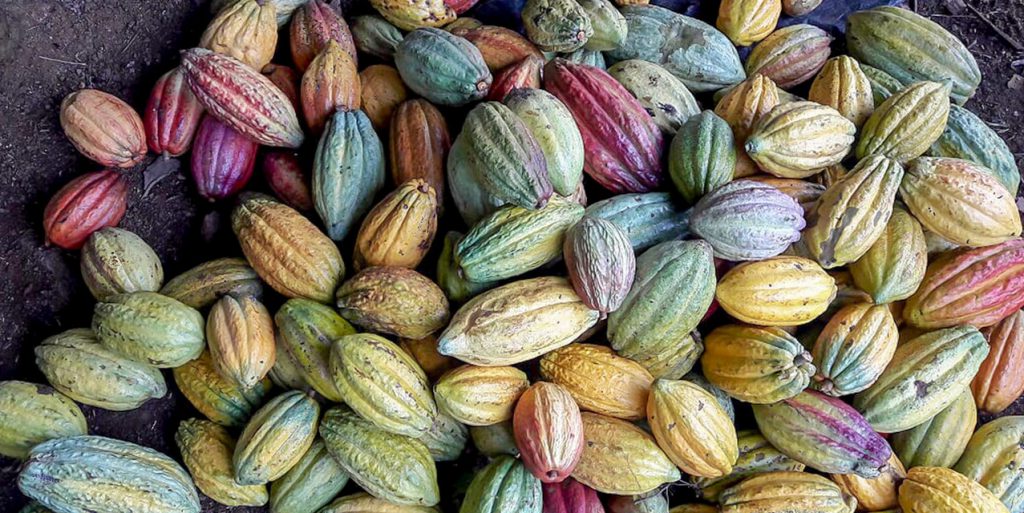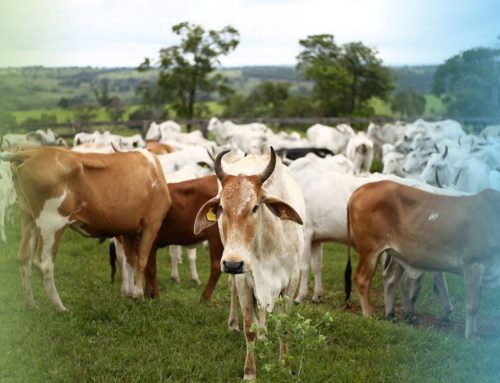The beginning of Costa Rican agricultural trade, as we know it today, has its roots in the composition and operation of production on agricultural farms. Alfonso Sancho, advisor of Nativu Fincas and agricultural economist, rescues 3 basic principles to understand, more clearly, what exactly an agricultural farm is.
1. The Farm as Hereditary Heritage
The farms represent those lands of which in the beginning, a family appropriated. Therefore, the most common is that they develop as a family business, with the help of neighbors, who usually also have some kinship or friendship with the owners.
That is to say, that the children, grandchildren, etc, will be the heirs of said properties and can allocate their labor for either subsistence, commerce, or both.
2. Agriculture and Livestock
Now, as its name says, “agricultural”, refers to the land that is dedicated to work with agriculture and livestock of animals of “higher species”, such as cows, sheep, horses, etc. Birds do not fall into this category, since they correspond to poultry farms.
The key point is that activities within the same field are combined, forming a type of symbiosis.
Because the base is the family, it is important that a farm develops two or more complementary activities, to maintain profitability and a sustainable structure
Alfonso Sancho – Nativu Fincas Advisor
This means that the product is sown and marketed as such, or is also intended to supply other needs within the farm.
Alfonso gives the example of a farm in the Altos de Guácimo, where of its 235,800m², 3 hectares are used to harvest cocoa for sale. But in addition their shells are used to nourish the earth and also to complement the food of the cattle.
This example introduces us to the next and last point.
3. Sustainability
For activities carried out in Costa Rica, promoting and ensuring sustainable development is vital, not only because it is part of the country brand seal with which Costa Rica is promoted. But also for the broad long-term benefits, in quality of life, product quality and surplus.
The case of the agricultural farm in Los Altos de Guácimo exemplifies this system very well. The cocoa product is used to the fullest, so that it can be reused in other secondary sectors, such as fertilizer and food. Similarly, livestock wastes are processed, to be used as natural fertilizer for cocoa plantings.
In this way, everything is connected and nothing is wasted. In addition the farm has a reforestation project, to try to keep the land in the best possible conditions.












